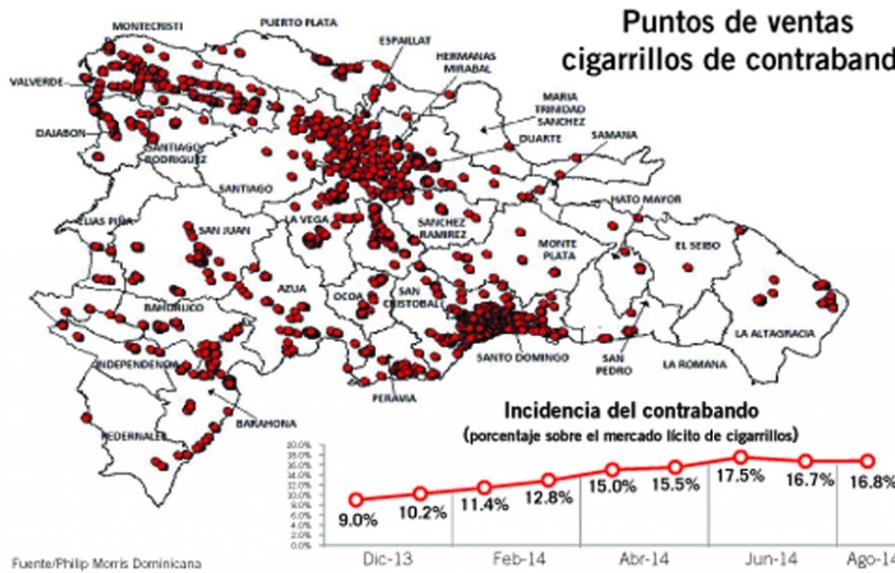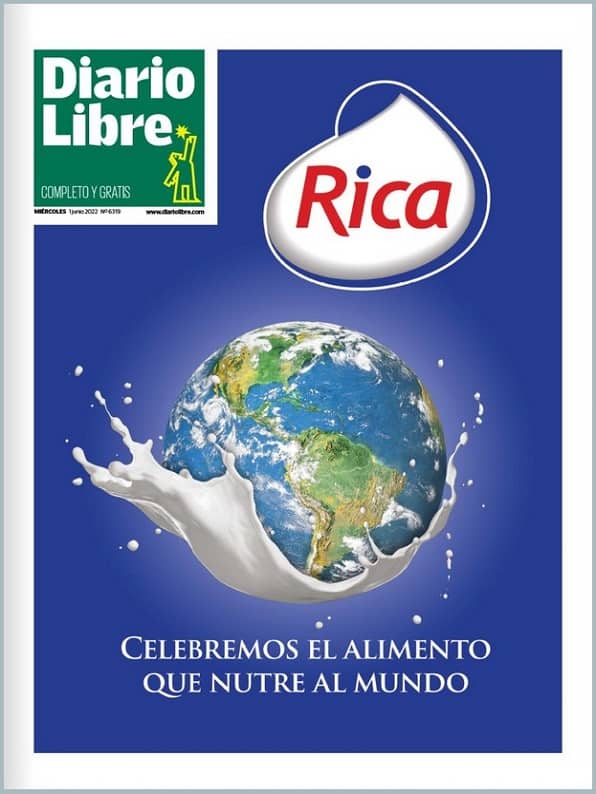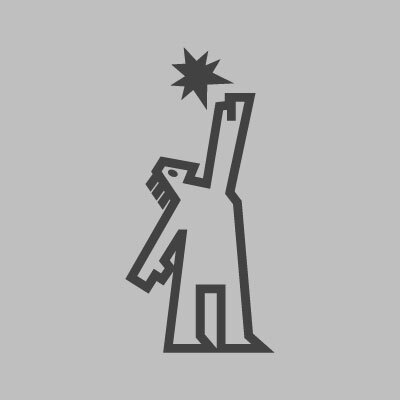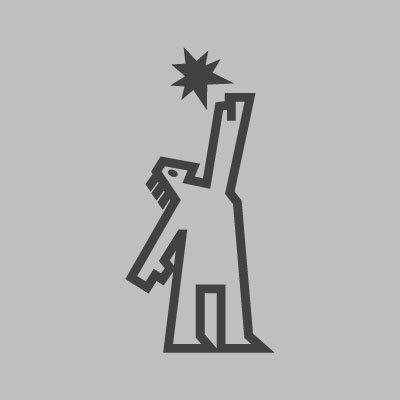In broad daylight, contraband covers the Dominican market
Tax losses are estimated at RD $1.0 billion in 2014

SANTO DOMINGO. As of August 2014, the sale of contraband cigarettes represents 16.8% of the legal market of this product. The illegal sales points have extended across the Dominican map much like measles cover the human body.
This phenomenon has been extending throughout the country, not only in territory and in intensity, but also towards other products, such as pharmaceuticals and alcoholic beverages.
This Thursday, a group of commercial federations and the Dominican Association of the Cigarette Industry met with editors and executives of the media to present a desolate panorama of formal commerce which seems to have either the tolerance or the indifference of the Dominican state.
During the meeting, Deborah Peña, the President of the National Federation of the Merchants and Businessmen of the Dominican Republic, said: "the falsification and increase in the contraband of cigarettes and cigars, liquors, medicines and textiles constitutes a crime which distorts prices, threatens the national producers, and Dominican commerce and industry."
And Marcos Bisono, the executive Vice President of the Dominican Association of the Cigarette Industry (Asocigar), stressed that "the contraband is not only seriously attacking legal commerce and the productive capacity of the country, but also our complete society, since it leads to nothing more than unemployment, informality and criminality."
On Thursday, 17 July, the Director General of Customs seized and destroyed an allotment of 17 million contraband cigarettes which had a street value of RD $159.7 million.
There are frequent news stories of Customs destroying contraband cigarettes for amounts and values in the millions. But although it seems incredible, not a single person involved in the contraband trade has been processed, or arrested or identified by the authorities.
According to Manuel Cabral, the president of Asocigar, at the end of 2013, contraband brands occupied 9% of the cigarette market. He estimates that in 2014 this number averages 15%. These percentages contrast with the 0.4% that contraband cigarettes represented in the fourth quarter of 2009. At that time through the illegal channels only two brands were circulating. By the fourth quarter of 2013, another 17 brands were added to those two.
The CIF and Point brands began entering from Haiti, brands which control 90% of the market in the neighboring country. Those are the leading brands of the "illegals" they represent 60% of the market.
Later on, other brands began to arrive from China, India, and Paraguay. These are called "the illicit brands" because they are illegal brands all over the world, which only circulate as contraband. They arrive covered in containers from Panama, sometimes accompanied by "more illicit" illicits, such as illegal drugs, they explain.
Cabral adds: "This situation directly affects the local tobacco industry, which generates more than 7500 jobs at the national level and in addition restricts the efforts to collect taxes by the Dominican government."
He estimates that for 2014, the growth of contraband represents a loss of more than 1 billion pesos in taxes for the Dominican state.
A recipe for disaster is spelled out: A high tax (56% on a pack of 20 cigarettes" in; little control on the frontier; a lack of institutionalism; view sanctions; high permissiveness and they lack of tax controls.
They did not say it but another ingredient is missing in the recipe: blindness, a lot of blindness.
This phenomenon has been extending throughout the country, not only in territory and in intensity, but also towards other products, such as pharmaceuticals and alcoholic beverages.
This Thursday, a group of commercial federations and the Dominican Association of the Cigarette Industry met with editors and executives of the media to present a desolate panorama of formal commerce which seems to have either the tolerance or the indifference of the Dominican state.
During the meeting, Deborah Peña, the President of the National Federation of the Merchants and Businessmen of the Dominican Republic, said: "the falsification and increase in the contraband of cigarettes and cigars, liquors, medicines and textiles constitutes a crime which distorts prices, threatens the national producers, and Dominican commerce and industry."
And Marcos Bisono, the executive Vice President of the Dominican Association of the Cigarette Industry (Asocigar), stressed that "the contraband is not only seriously attacking legal commerce and the productive capacity of the country, but also our complete society, since it leads to nothing more than unemployment, informality and criminality."
On Thursday, 17 July, the Director General of Customs seized and destroyed an allotment of 17 million contraband cigarettes which had a street value of RD $159.7 million.
There are frequent news stories of Customs destroying contraband cigarettes for amounts and values in the millions. But although it seems incredible, not a single person involved in the contraband trade has been processed, or arrested or identified by the authorities.
According to Manuel Cabral, the president of Asocigar, at the end of 2013, contraband brands occupied 9% of the cigarette market. He estimates that in 2014 this number averages 15%. These percentages contrast with the 0.4% that contraband cigarettes represented in the fourth quarter of 2009. At that time through the illegal channels only two brands were circulating. By the fourth quarter of 2013, another 17 brands were added to those two.
The CIF and Point brands began entering from Haiti, brands which control 90% of the market in the neighboring country. Those are the leading brands of the "illegals" they represent 60% of the market.
Later on, other brands began to arrive from China, India, and Paraguay. These are called "the illicit brands" because they are illegal brands all over the world, which only circulate as contraband. They arrive covered in containers from Panama, sometimes accompanied by "more illicit" illicits, such as illegal drugs, they explain.
Cabral adds: "This situation directly affects the local tobacco industry, which generates more than 7500 jobs at the national level and in addition restricts the efforts to collect taxes by the Dominican government."
He estimates that for 2014, the growth of contraband represents a loss of more than 1 billion pesos in taxes for the Dominican state.
A recipe for disaster is spelled out: A high tax (56% on a pack of 20 cigarettes" in; little control on the frontier; a lack of institutionalism; view sanctions; high permissiveness and they lack of tax controls.
They did not say it but another ingredient is missing in the recipe: blindness, a lot of blindness.


 Edwin Ruiz
Edwin Ruiz
 Edwin Ruiz
Edwin Ruiz